Description
What is an Internal NB-IoT Antenna Flexible PCB Antenna?
The Internal NB-IoT Antenna CTRF-ANTENNA-FPC-8221-4509-UFL antenna type narrowband IoT Antenna frequency band FPC embedded antenna manufactured by C&T RF Antennas Inc can be used in 2G /GPRS /3G / GSM applications.
The bulti-in antenna NB IoT antenna comes with a 45x9mm size flex PCB board, 100mm length coaxial cable antenna extension, Ipex/U.FL connector and self-adhesive sticker for an easy mount to the terminal.
NB-IoT Antenna to provide connectivity between boards. The small form factor makes it suitable for portable Internet of Things, Machine To Machine projects.
C&T RF Antennas Inc is a leading provider of high-performance NB-IoT antennas and RF solutions for wireless M2M, IoT, and consumer electronics.
C&T RF Antennas Inc provides internal & external antennas with antenna radio frequencies such as NFC, 169MHz, 230MHz, 315MHz, 433MHz, 868MHz, 915MHz, VHF&UHF, Lora, NB-IoT, ADS-B, GSM, GNSS, GPRS, 1.2 GHz, 1.4 GHz, 1.8 GHz, Wi-Fi 2.4 GHz, 5.8 GHz, Cellular 2G, 3G, 3.5 GHz, 4G LTE, GPS, 5G NR, 6G, etc.
C&T RF Antennas Inc. provides RF antennae with Omni & Directional antenna types such as Dipole Antennas, Whip Antennas, Marine Antennas, Router Antennas, MIMO Antennas, Combo Antennas, PCB Antennas, FPC Antennas, Spring Antennas, Magnetic Antennas, Sector Antennas, Yagi Antennas, and Accessories, etc, for IoT & M2M industries.
Contact us for the Internal NB-IoT Antenna Flexible PCB Antenna for more details such as Antenna datasheet, Antenna pricing, Antenna inventory, or other NB-IoT Antenna types.
Internal NB-IoT Antenna FPC Antenna Specifications:
Internal NB-IoT Antenna Flexible PCB Antenna Electrical Specifications |
|
| RF Antenna Type | FPC Antenna |
| Model | CTRF-ANTENNA-FPC-8221-4509-UFL |
| Frequency | 824-2170MHz |
| Gain | 3dBi |
| VSWR | ≤2.0 |
| Impedance | 50 Ω |
| Polarization | Vertical |
| Cable Type | RG1.13 |
| Connector | SMA Male |
| Cable Length | 100mm |
| Max Power | 20W |
| Lightning Protection | DC-Ground |
Internal NB-IoT Antenna Flexible PCB Antenna Mechanical Specifications |
|
| Dimension | 45x9mm |
| Weight | Approx. 2g |
| Radome Material | FPC |
| Operation Temperature | -40˚C~+85˚C |
| Storage Temperature | -40˚C~+80˚C |
| Finished Antenna Color | Black |
| Antenna Design | Dipole Array |
| Mounting | Screw |
| Safety Emission and other | RoHS Compliant |
| Applications | Public Safety/LMR/P25/TETRA, ISM/SCADA/Utilities, RFID, IoT/NB-IoT/LoRa, etc. |
What is NB-IoT Antenna?
Narrowband IoT (NB-IoT) is a Low Power Wide Area Network (LPWAN) radio technology standard developed to meet the emerging demands and challenges of IoT devices and services.
NB-IoT allows for extended coverage in both rural and deep indoor environments and improves device power consumption, system capacity, and spectral efficiency.
In many cases, battery life of over 10 years can be supported. With its relative simplicity compared to GSM/GPRS, NB-IoT technology promises to provide a cost-effective solution for years to come.
NB-IoT is supported by all major mobile equipment, chipset, and module manufacturers and benefits from the security and privacy features of cellular networks, including support for user confidentiality, data integrity, and mobile equipment identification.
How to make NB-IoT antenna PCB circuit board design?
I believe that many of my friends have seen the 2.4G built-in onboard antenna, and the antenna and circuit parts are directly made on the same PCB circuit board.
This approach does not have the cost of mass production antennas, and the antennas have good consistency and stability.
But for the NB-IoT antenna, can the built-in antenna also be realized in this way? In fact, the answer is yes. The onboard antenna is fully applicable to the scenario of the NB-IoT antenna. But compared to the 2.4G onboard antenna, its design is much more difficult.
First of all, we know that the working frequency band of the NBIoT antenna, whether it is mobile B8 or telecom B5, is in the low-frequency range of less than 1GHz. This means that sufficient antenna space needs to be reserved for the NB-IoT antenna.
Because only enough antenna space can guarantee the performance of this low-frequency antenna.
Secondly, the antenna in this frequency band is more susceptible to the influence of the environment around the antenna. Therefore, for this kind of antenna, a professional and rigorous design is required.
Therefore, NB-IoT antennas need to be specially designed, and it is impossible to find a package to meet the needs of users.
In addition, the design of the NB-IoT antenna also involves many design points in the radio frequency circuit and the design requirements of the antenna matching network. These need to be carried out under professional guidance to meet the design requirements.
The advantages of the NBIOT onboard antenna are very obvious, not only can greatly reduce the cost of mass production, but also greatly improve the consistency and stability of the antenna.
Flexible Antenna Features
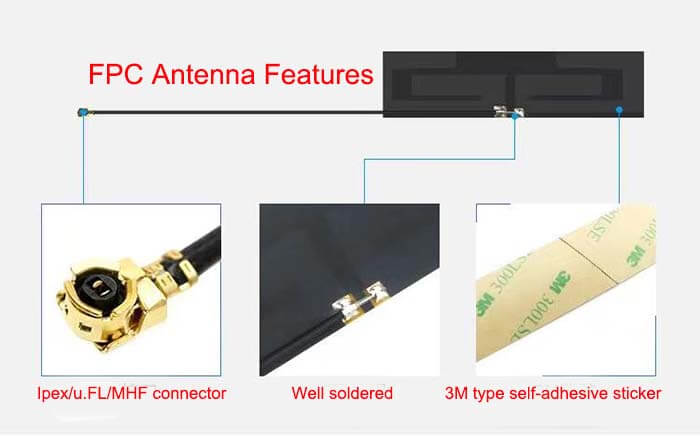
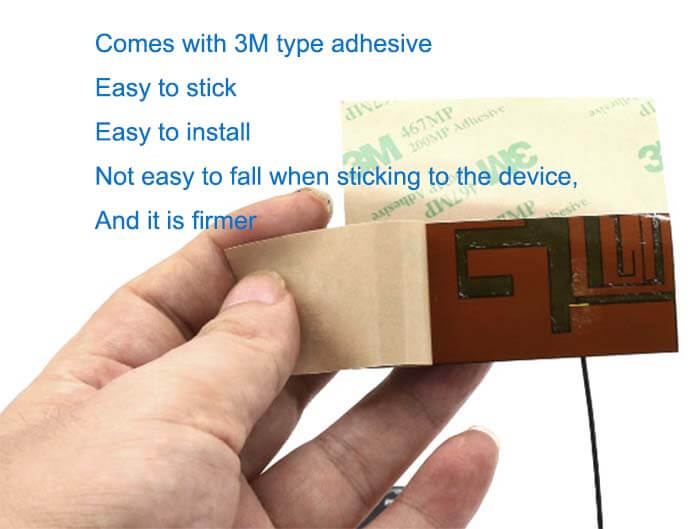

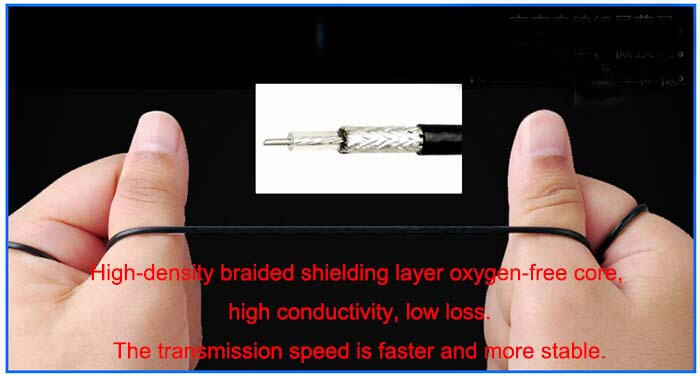

Antennas applications
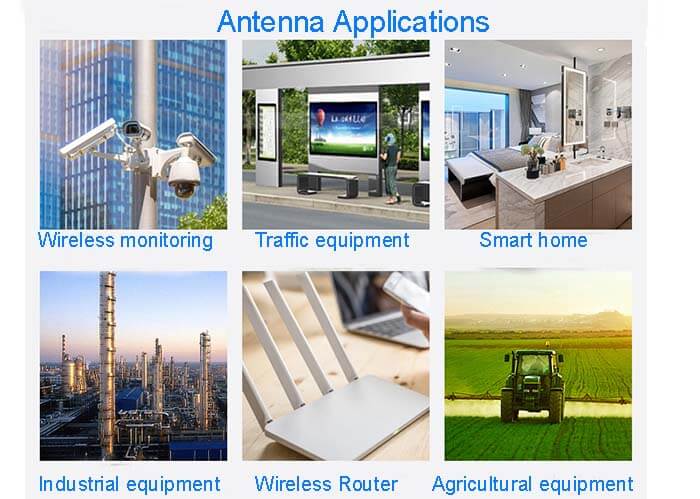

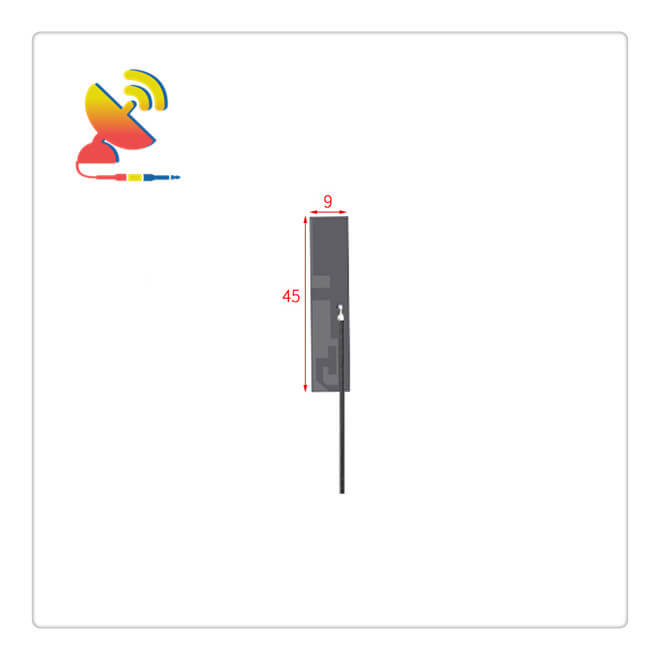
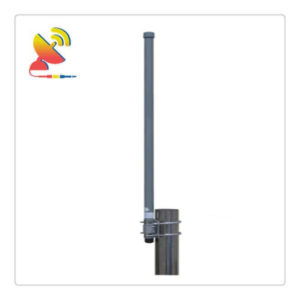
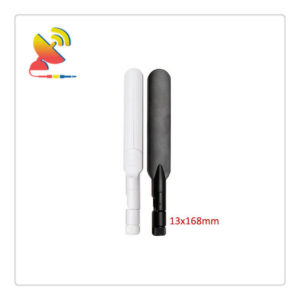
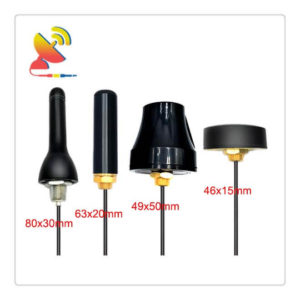
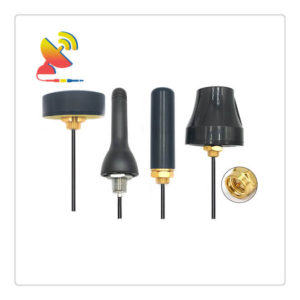
Reviews
There are no reviews yet.